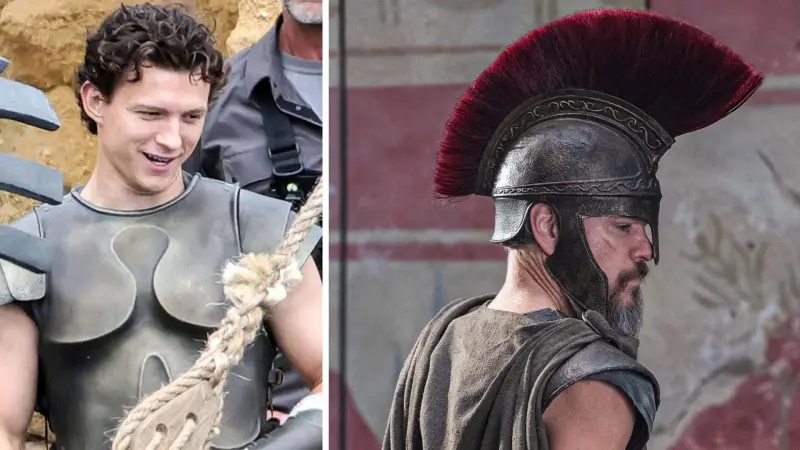A Historic Discovery in the Valley of the Kings
A groundbreaking discovery has emerged from Egypt’s Valley of the Kings—the first tomb of an ancient pharaoh to be found in more than a century. British archaeologist Dr. Piers Litherland and his team uncovered the burial site of Thutmose II, who ruled from 1493 to 1479 BCE. This remarkable find is being hailed as the most significant archaeological discovery since Tutankhamun’s tomb in 1922.
Unveiling the Tomb of Thutmose II
Dr. Litherland had been exploring the Valley of the Kings for over a decade when he stumbled upon a staircase leading to a long-lost tomb. Initially, the team believed it belonged to a royal wife, as they spent months clearing flood debris from the entrance. However, their assumptions changed dramatically upon entering the burial chamber.
The ceiling was adorned with blue paint and yellow stars—imagery associated with the Amduat, a religious text reserved exclusively for kings. At that moment, Litherland knew he had made an extraordinary discovery. Overwhelmed with emotion, he recounted how he emerged from the tomb and broke down in tears upon seeing his wife.
Mysteries Surrounding the Empty Tomb
Images released by the Egyptian Ministry of Antiquities show the entrance to the tomb of Thutmose II. Photograph: Egyptian Ministry of Antiquities/AFP/Getty Images
Despite the excitement, the team soon realized that the tomb was completely empty—not due to looting but because it had been deliberately cleared. The chamber had been built beneath a waterfall and was flooded within six years of Thutmose II’s burial. As a result, the king’s remains were relocated through a subsidiary corridor to another location.
While sifting through tons of debris, the team discovered small alabaster fragments bearing the name of Thutmose II. These broken pieces provided crucial evidence confirming the tomb’s original occupant.
Significance and Future Possibilities
Smell like an Egyptian: researchers sniff ancient mummies to study preservation Read more
This extraordinary discovery was made possible through a collaboration between the British-based New Kingdom Research Foundation and Egypt’s Ministry of Tourism and Antiquities, with support from the McDonald Institute for Archaeological Research at the University of Cambridge.
Thutmose II was not only the husband and half-brother of the legendary female pharaoh Hatshepsut but also the father of Thutmose III, one of ancient Egypt’s greatest rulers. His tomb had long remained elusive, as it was believed to be located in a different part of the Valley of the Kings.
Litherland emphasized the significance of the find, stating that it resolves a long-standing mystery about the burial sites of early 18th dynasty rulers. However, the story might not end here. According to Mohsen Kamel, assistant field director, evidence suggests that the contents of the tomb were relocated to a second burial site. If this second tomb remains intact, it could lead to yet another groundbreaking discovery.
As archaeologists continue their investigations, the world eagerly awaits further revelations about ancient Egypt’s forgotten rulers.









